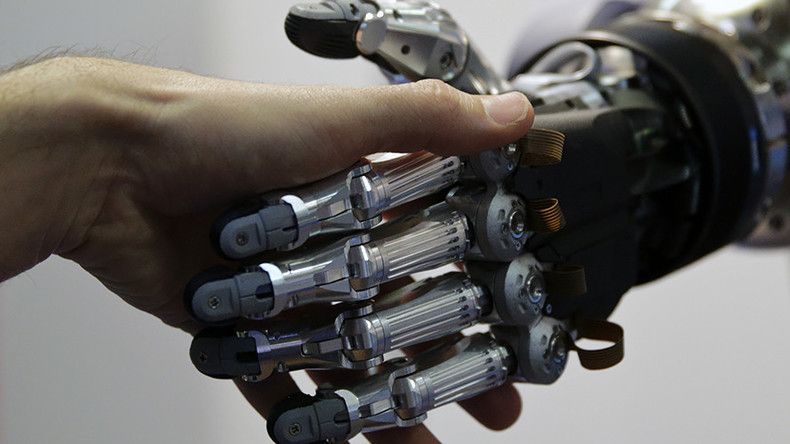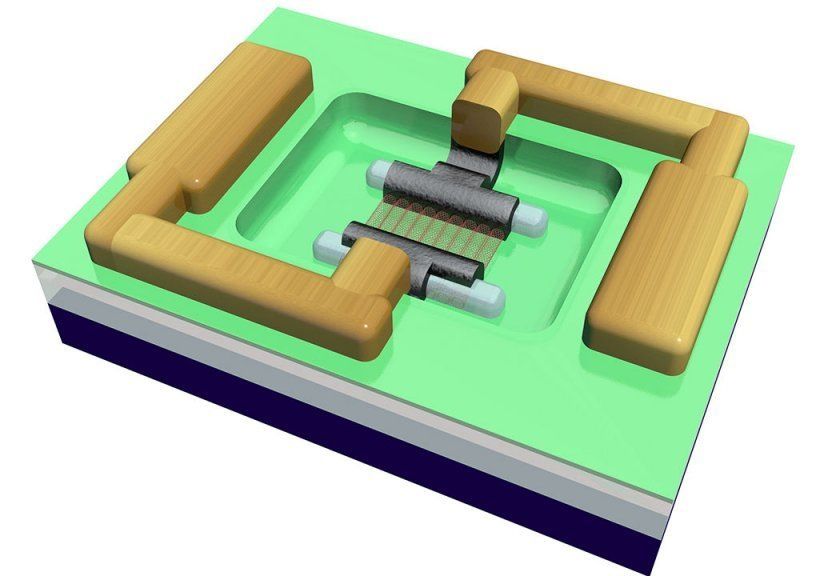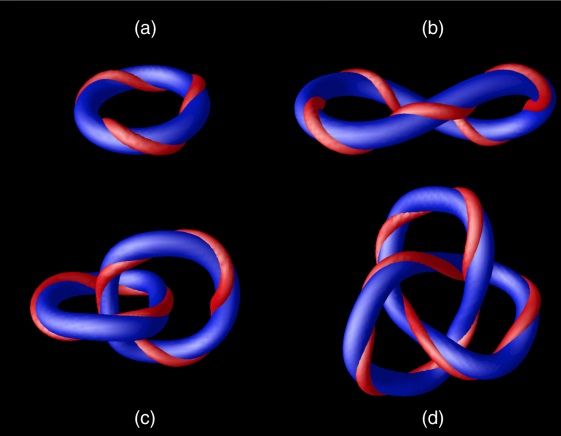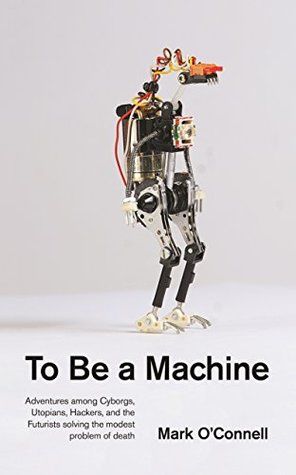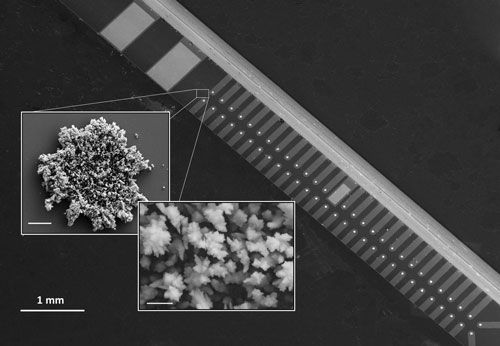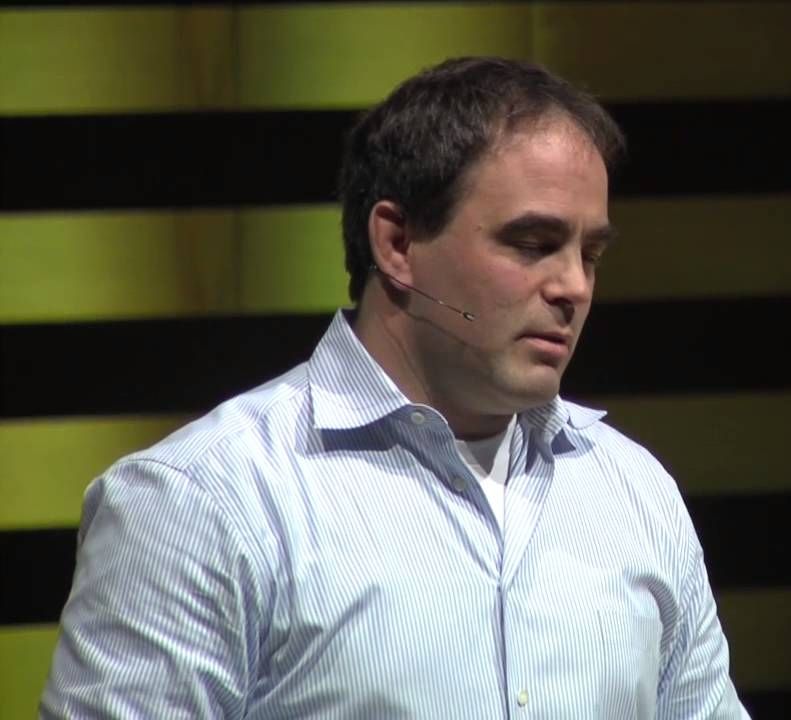The prospect of attaining superior intelligence or physical attributes may be tempting or appear liberating, but cybernetic enhancement could, theoretically, also be used as a means of control. Whoever manufactures the technologies that augment humans would be in a very powerful position and wield an immense degree of control over their human customers (or subjects). Moreover, cybernetically enhanced humans could see their microchips hacked, have their sensations detected by unwanted parties and stored in a database, or be at risk of receiving unsolicited or unpleasant impulses. Might we evolve from homo sapiens to homo servus?
The dream that we may one day transcend our physical and intellectual barriers through advancements in cybernetics and nanotechnology could became a reality during this century. But would this be a blessing or a curse?
As science expands its frontiers and technology continues to evolve, ideas once deemed fanciful or considered part of science fiction find themselves within the realm of possibility. New discoveries may give rise to unique potential and perils, as the field of ethics struggles to keep pace with the latest technological advancements. The dream that one day we humans may eclipse our physical and mental fetters through augmentation by cybernetics or nanotechnology could become a reality. Although transhumanism and posthumanism are considered modern concepts, the idea of improving or transcending the human condition has been explored in philosophy and literature since at least the mid-19th century.
In his book Thus Spoke Zarathustra, 19th century German philosopher Friedrich Nietzsche introduced the concept of the Übermensch (overman or superman) as a goal towards which humans ought to strive, whereby they take control of their own destinies, work collectively towards the betterment of humanity and create a higher set of ideals to give their existence greater meaning. Nietzsche wrote “Man is something that shall be overcome.” (The notion of Übermensch was later corrupted by the Nazis, who integrated it into their perverse racial theories).
